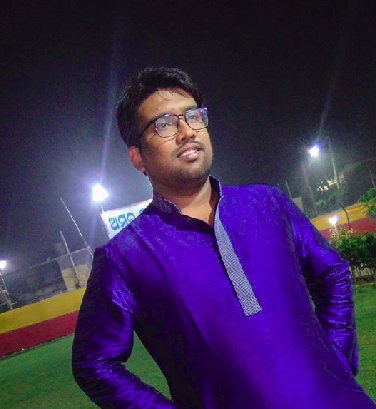Cricket's love for prodigies and the band of Naseem Shah

‘I've not seen a more talented young opening batsman in my 40-odd years in the game. Where his form and function have gone and disappeared to is a complete and utter mystery to us’ were the exact words by Lancashire director of cricket Paul Allott after Haseeb Hameed’s release from the county.
If you are an Indian fan and haven’t followed English cricket for a while, you would be forgiven for thinking that Haseeb Hameed is a star now, perhaps doing well to fill Alastair Cook’s colossal throne. However, in reality, that valiant unbeaten 59 runs in the second innings of the Mohali Test in 2016, when he braved injury to negotiate a fierce Ravichandran Ashwin and Umesh Yadav from two ends, was the end of the Test career for the then 19-year-old and the world has heard a little of him since then.
If you would have heard more of him, then that's probably because of that 9-odd average season for Lancashire, with him then struggling to find a spot in the county’s second XI. Multiple theories floated around - many believed he lost red-ball values by trying to become a handy white-ball batsman, others stated he let things slide by believing the hype after that match-saving 82 in Rajkot. Counterfactual theories are often the worst thing to relate to a youngster but then again, perhaps it is the only way to understand the Hameed paradox.
Last week, when Pakistan’s 16-year-old fast bowler Naseem Shah became the youngest player to take a Test hat-trick by extracting an edge of Mahmuddullah Riyad on the third day of the first Test against Bangladesh in Rawalpindi, my pessimistic mind automatically wandered back to that stoic defensive cricketer who was labeled as the perfect long-term replacement for England's cup of woes. Unlike the indictment it served, the facet remained constant and especially with Pakistan's sordid history in managing their youngsters, I was too afraid to comment on what the future holds for Naseem, who is now a star in Pakistani circle.
It might not be a battle of truism and perception - often two stifling things that bind sportspeople across generations - but the kinder impact of being a sub-continental cricketer is not easy to ignore. Even Sachin Tendulkar had to prove for his life-time that he was as good as he was made out to be while on the other hand, Anil Kumble had to prove throughout his life that he was far far better than the world judged him in every step of the way. When Naseem ran in to deliver, with 10000 supporters on the stands, there was something in the air that we often tend to blur - that it is the burst of a show by a young kid, having a life ahead of him. Anything but a reality check would add unnecessary burden on his shoulder, like it did on Hameed, as one of those many theories suggest.
Then again, counters always have a story, don’t they? In his first recorded interview with Tom Alter, a young 16-year-old cricketer, often referred to as Sachin Tendulkar, said, "No I won't have any trouble facing Marshall". For the people devoid of hindsight, it might have seemed like a statement bordering on carelessness that a kid was playing down the threat of probably one of the greatest pace bowlers who ever lived but the cavallier, cowboy-esque behaviour is often the product of a god-given talent. That Naseem Shah wouldn’t be able to do what a left-arm pacer, playing just his second Test, did in February 1985 in Dunedin, is pure wrong but hoping for a recreation of the same would even put the man of Wasim Akram’s stature to confusion.
Almost 18 months ago, Prithvi Shaw, a prodigy by the highest of prodigal standards, scored a debut century, just after leading the country to an U-19 title. The world had gone gaga for him. Rightfully, Shaw had backed it up with a fluent run of form and had it not been for his regular influx of injuries and the back-dated doping ban, he would have been more than 10-Tests old by now. That he has the capability is no doubt, but the key for him, like most of the players of his age, lies in sustainability as Vinod Kambli and Unmukt Chand realised in their lives.
Naseem Shah is not a kid from the metropolis of Lahore and Karachi nor does he know the life-style of Islamabad, but his roots of Lower Dir would keep him rooted, and hopefully, grounded enough to give justice to every juice of his talent. Growing up in the remote village and then losing his mother on the eve of his Test debut, he knows the difficulties of life more than many of us can even comprehend and now, it is only fate whose obsessive affair can stop him from reaching places. For the fact that, unlike Hameed, whose Indian roots in Bolton gave him a sense of worth very early in his career, Naseem had to battle it out - not only with the societal norm in his small village but his initially reluctant father’s dream - would surely keep him in good stead.
For thousands of Kamblis and Chands, for hundreds of Hameeds and what nots, one can only hope Naseem does justice to his talent that he has been blessed with. The discussion about his true age will continue until cows come home, but then again, that means he is relevant. And we all know, in Pakistan cricket, being relevant is, at times, better than being the best.

Comments
Sign up or log in to your account to leave comments and reactions
0 Comments